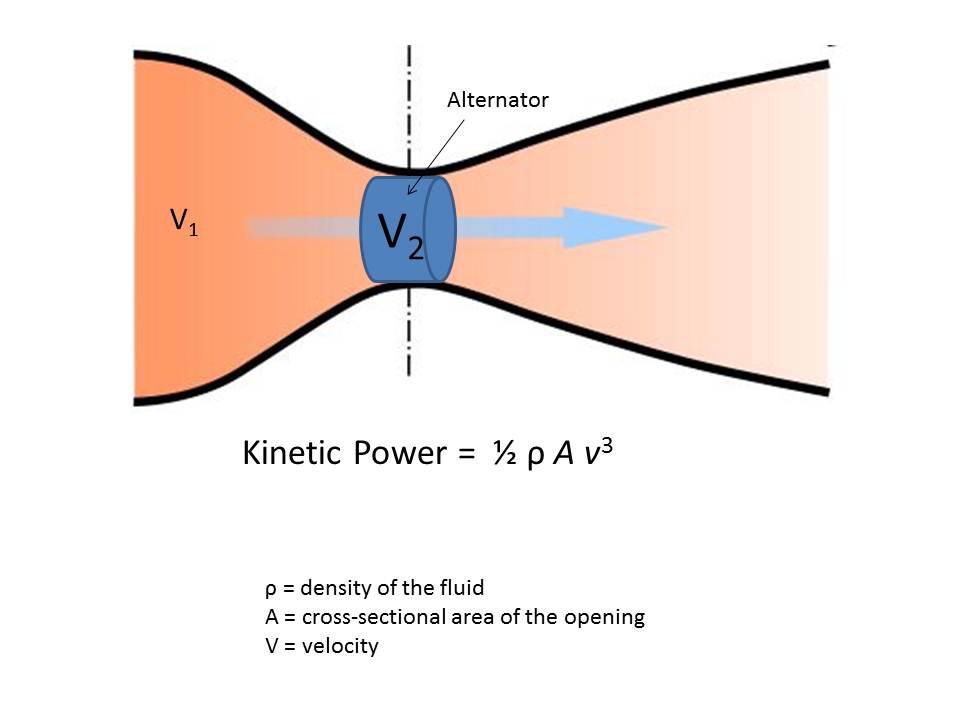"Tom Lombardo posted posted on May 27, 2013 |
Hydroelectric power is the oldest large-scale system for generating electricity, dating back more than one hundred years. Hydroelectric power is considered “clean” because it doesn’t emit carbon or other pollutants. But no technology is entirely clean; large-scale hydroelectric plants are usually created by damming a river, which drastically alters the local ecosystem and affects the water rights of those downstream. A joint project between researchers at New Mexico State University and Ho Chi Minh University of Technology is proposing small hydroelectric power plants that don’t rely on dams, but instead use existing natural or man-made water flows.
Professor Nadipuram Prasad and his colleagues are developing a turbine for two kinds of hydroelectric energy harvesting. One uses water flow from urban water systems, such as the diluted effluent that water treatment plants discharge into natural bodies of water and the flow of clean water down a tower and towards residences. The other sources are irrigation canals and natural streams, both of which are “low-head” and therefore low energy sources. In order to maximize the energy from these low-head sources, Dr. Prasad and his team are proposing a modified water turbine design, one that uses the Venturi effect to increase the velocity of the fluid, which increases its kinetic energy. (The same principle is used in the INVELOX wind turbine design that I wrote about last week.) Dr. Prasad calls these water turbines HyPER (HydroPower Energy Recovery) harvesters.

As you can see from the picture and equation, decreasing the area causes an increase in velocity. Since power is proportional to the cube of velocity, power will increase even though the area decreases. Of course, one does not simply increase energy - it has to come from somewhere. The Venturi effect causes a decrease in pressure that corresponds to the increase in velocity, resulting in a decrease in potential energy caused by the pressure of the fluid. That loss of “pressure energy” produces the gain in kinetic energy. An alternator placed in the narrow section converts the flow into “wild frequency” AC, which is rectified and fed through an inverter to produce grid-quality AC. This paper has more technical details about the design.
The model was designed in conjunction with a project-based learning activity conducted by Dr. Prasad in his energy harvesting and electrical engineering courses at New Mexico State University. (See another example of project-based learning here.) Assisted by a grant from the US Department of Energy, Dr. Prasad’s team will be building and testing two 10kW prototypes in the Elephant Butte Irrigation District in Las Cruces, New Mexico in the spring of 2014.
“The HyPER project is aimed toward developing the cheapest and most efficient ways of harnessing energy from gravity-fed flowing water resources such as rivers, streams, irrigation canals and flood canals,” Prasad said. “The key benefit is that it requires minimal infrastructure for its installation and end use. As such, its use is practically unlimited.”
Sem comentários:
Enviar um comentário